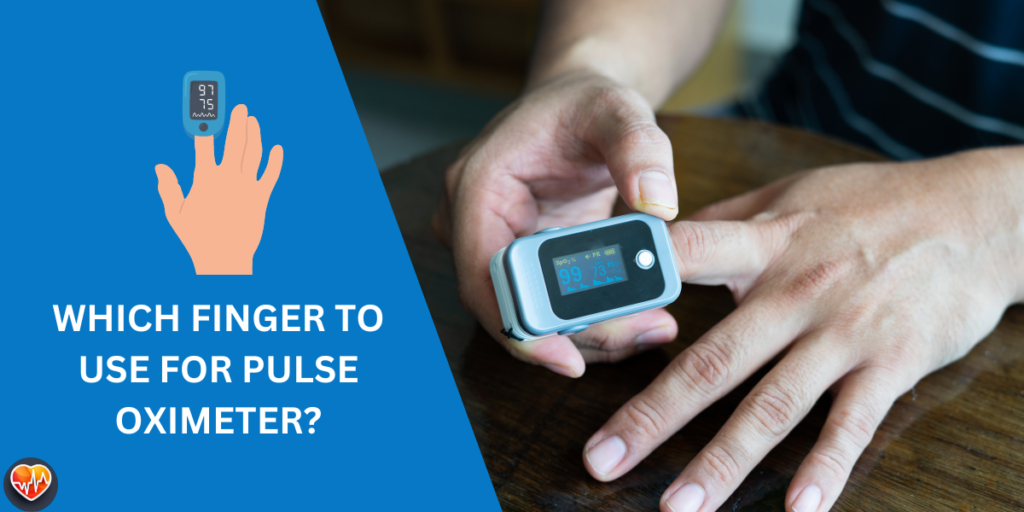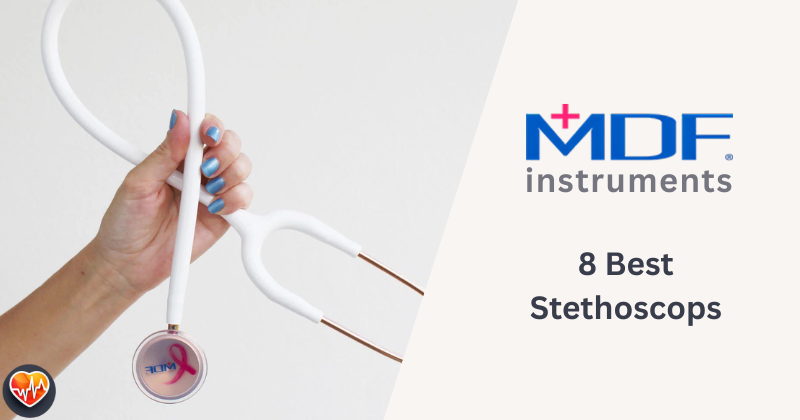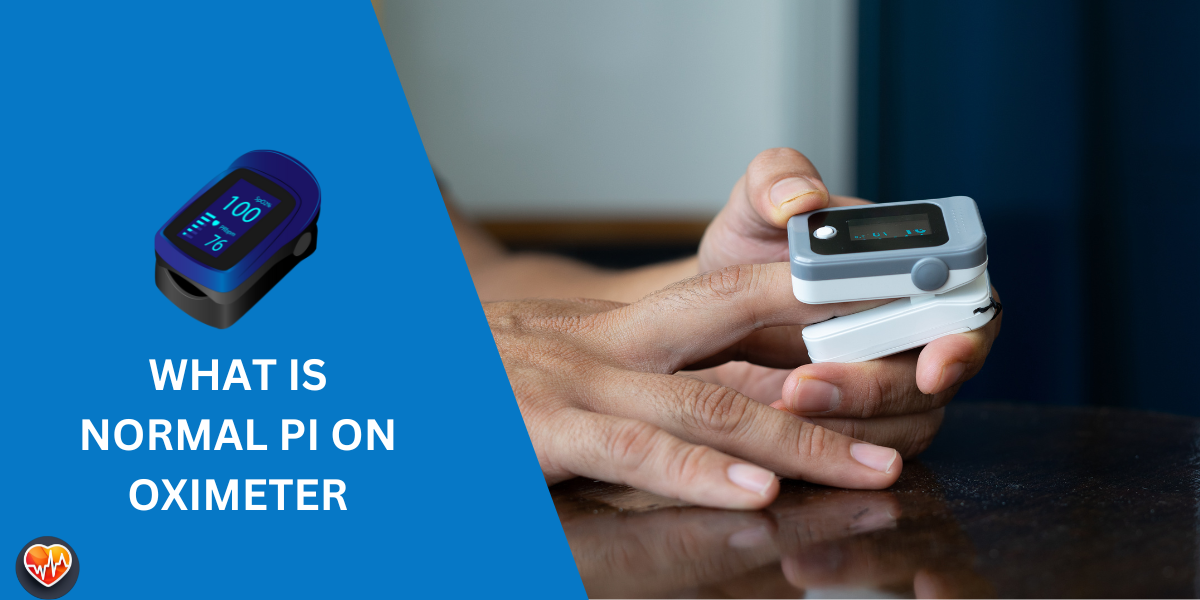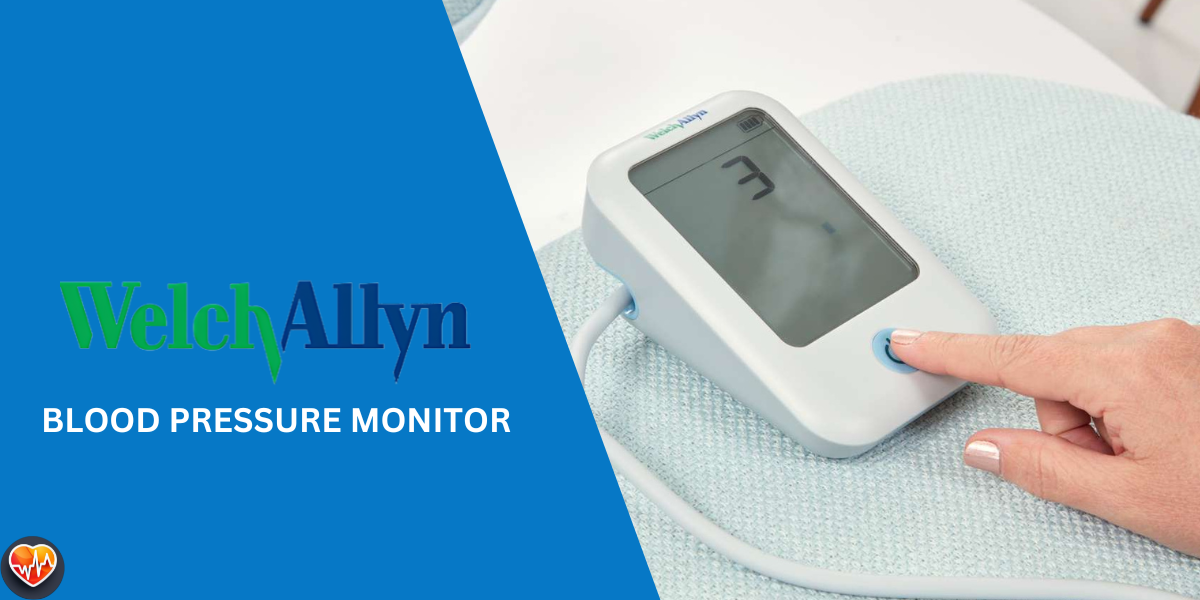
Why do your pulse oximeter readings seem a bit off? It’s not the device; it’s your finger!
Finger choice matters because each one has different blood flow, which can affect how accurately the device measures your vitals.
Get accurate readings every time with this simple guide to choosing the right finger.
which finger to use for a pulse oximeter?
- Finger choice impacts pulse oximeter readings.
- The middle/index finger (either hand) is usually best.
- Cold hands/poor circulation? Try ring finger.
- Warm hands, relax and hold still for accuracy.
- Trouble? Try a different finger or see a doctor.
- Dark skin/thick nails? Experiment for best finger.Finger choice impacts pulse oximeter readings.
Understanding Pulse Oximetry
So, which finger should you use for the most accurate pulse oximeter reading?

While everyone’s body is a bit different, the middle or index finger on either hand usually gives the best results.
These fingers tend to have the strongest pulse and best blood flow, which is exactly what we need for a clear signal.
If one finger doesn’t seem to be working well, try switching to the other. Remember, the goal is to get a reading that stays steady for a few seconds, so you can be sure it’s accurate.
The Anatomy of Your Fingers
Let’s break down the basics of pulse oximetry, starting with what affects those pulse oximeter readings. Nail polish, especially darker colors, can mess with the light the pulse oximeter device uses, leading to inaccurate readings.

Same goes for artificial nails. Even your skin temperature matters – if your fingers are too cold, the blood vessels narrow and can make getting accurate readings tricky. This is why picking the right finger for your pulse oximeter is so important.
We usually have more blood flow in our middle and index fingers, making them better candidates for measuring oxygen saturation and blood oxygen saturation levels.
So, which finger to use for pulse oximeter for the most accurate reading? While everyone’s body is a bit different, the middle or index finger on either hand usually gives the best results. These fingers tend to have the strongest pulse and best blood flow, which is exactly what we need for a clear signal.
If one finger doesn’t seem to be working well, try switching to the other. Remember, the goal is to get a pulse oximeter reading that stays steady for a few seconds, so you can be sure it’s accurate.
Why do middle fingers work best for a pulse oximeter?
Well, think of your blood vessels like a network of roads. The bigger the road, the more cars (or in this case, red blood cells carrying oxygen) can travel smoothly.
The Best Finger for Pulse Oximeter Readings
There are a few more things to keep in mind to ensure you’re getting the most accurate oxygen saturation level possible.

If you have something reducing blood flow to your hands, like being cold or having a condition like Raynaud’s, your ring finger might actually be a better choice. It’s closer to your wrist, so the blood has a shorter trip to make.
And if you have darker skin tones, sometimes the light from the pulse oximeter can have a harder time getting through.
Don’t worry, though! You can still get accurate readings, but it might be helpful to test out a few different fingers and see which one gives you the most consistent results.
Remember, it’s not a race – the most important thing is getting a good reading, not a fast one. A reliable pulse oximeter reading is way more useful than a quick one from a blood sample!
Tips for Accurate Pulse Oximeter Readings
Okay, you’ve picked the right middle finger. Now what? Here are some easy tips for getting the most accurate readings when you use a pulse oximeter:

- Warm up: If your fingers are cold, your pulse oximeter might struggle. Try rubbing your hands together or running them under warm water for a few minutes to improve blood flow.
- Relax: Take a few deep breaths and let your hand rest naturally. If your muscles are tense, it can change the blood flow and affect the reading.
- Hold still: Avoid moving your finger while the pulse oximeter is on. It needs a steady signal to get an accurate read.
- Position matters: Make sure the pulse oximeter is snug, but not too tight. It should be on the fleshy part of your fingertip, not the nail. If it’s too loose, it might not be able to get a good reading.
By following these tips, you’ll be a pulse oximeter pro in no time, and you’ll get more accurate readings every time!
Special Considerations
Even with the best techniques, sometimes pulse oximeters can be a bit finicky. Here’s why:

- Cold fingers: Remember, cold fingers mean less blood flow, which makes it harder for the infrared light to pass through. That can lead to inaccurate readings or no reading at all.
- Poor circulation: Some people naturally have poor circulation in their extremities, making it tougher for the pulse oximeter to detect a signal.
- Thick or dark nails: Just like nail polish, thick nails or nails with dark pigmentation can block the light transmission, making it harder to get a reading.
If you’re still having trouble, don’t worry! It doesn’t necessarily mean something is seriously wrong. But if you’re also experiencing symptoms like shortness of breath, dizziness, or chest pain, it’s definitely time to see a doctor.
Conclusion
So there you have it! Choosing the right finger can make a big difference in getting accurate pulse oximeter readings.

Most of the time, your middle finger will be your best bet. But remember, everyone’s body is different, so don’t be afraid to experiment and find what works best for you. And if you’re ever worried about your oxygen levels, don’t hesitate to talk to your doctor.
They can help you figure things out and make sure you’re healthy and happy.
Frequently Asked Questions
Does it matter which finger I use for my pulse oximeter?
Yes, it does! While you can technically use any finger, the middle and index fingers on either hand tend to give the most accurate oxygen saturation levels. These fingers generally have the strongest pulse and best blood flow.
Why are my pulse oximeter readings different on different fingers?
Each finger has a unique pattern of blood flow. Some fingers naturally have more blood flowing through them than others. This can cause slight variations in pulse oximeter readings.
Can I use my thumb or pinky for pulse oximeter readings?
While it’s possible to use your thumb or pinky, these fingers generally have less blood flow than your middle and index fingers. This can sometimes lead to less accurate readings or difficulty getting a reading at all.
What should I do if I can’t get a good pulse oximeter reading?
First, try warming up your hands and make sure the pulse oximeter is snug on your fingertip. If you still have trouble, try using a different finger. If you’re concerned about your oxygen saturation levels, talk to your doctor.
Can I use a pulse oximeter if I have nail polish or artificial nails?
Nail polish, especially darker colors, and artificial nails can interfere with the light the pulse oximeter uses and lead to inaccurate readings. If possible, it’s best to remove nail polish or use a finger without artificial nails.













